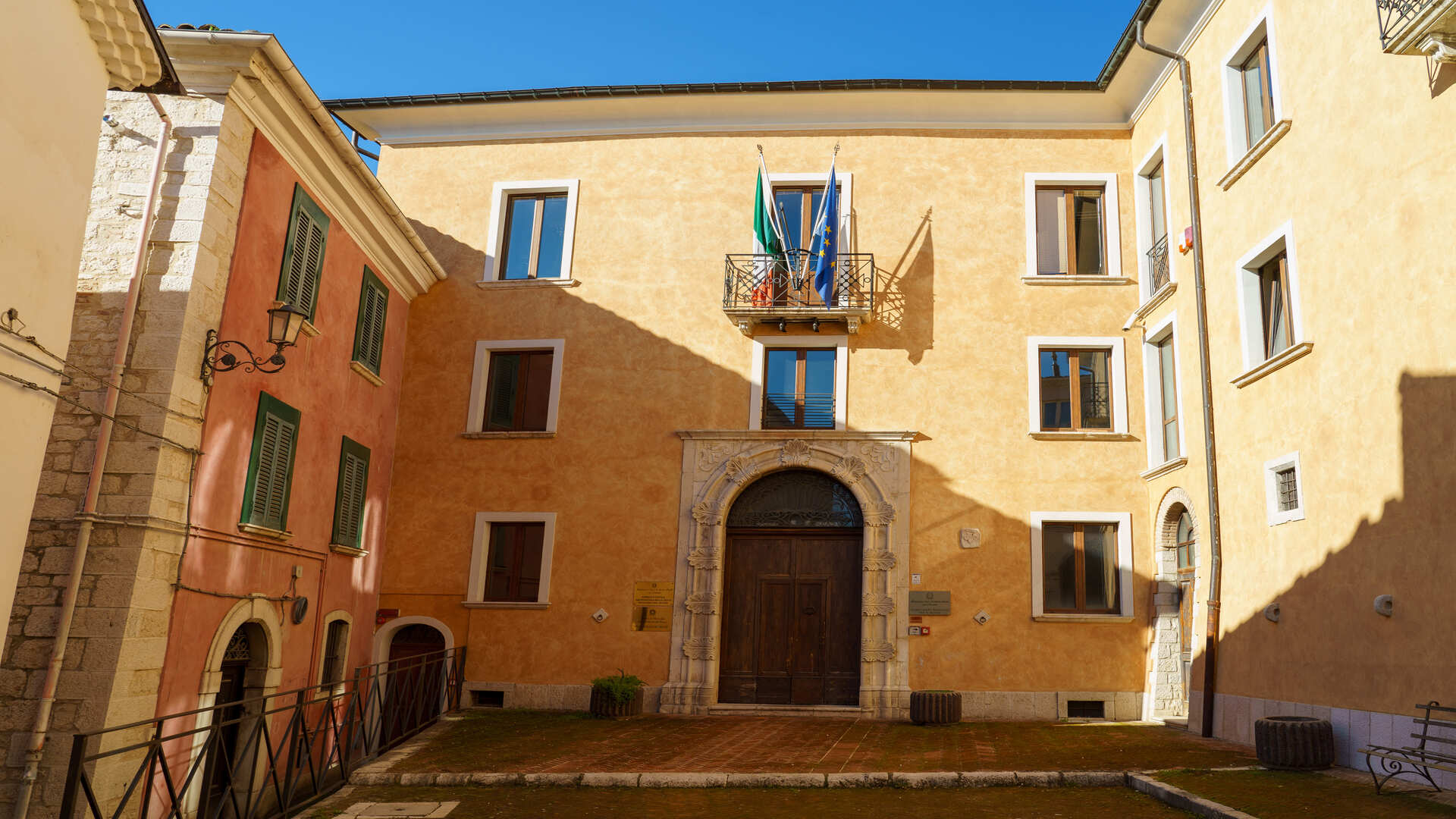Built between the XVII and the XVIII century, it was the residence of the Barons Japoce. Recently restored, it preserves the original stone portal embellished with acanthus leaves placed at regular intervals. It is currently owned by the Soprintendenza ai Beni Archeologici, Architettonici e Storici del Molise. It is located in the ancient village of Campobasso and rises at the point where Via Chiarizia ends, Via Pennino meets and Salita San Bartolomeo begins. It is a prestigious noble palace built between the XVII (1600) and the XVIII century (1700). It was the residence of the Barons Japoce. Francesco Japoce obtained the title of Baron on May 4, 1746 following the purchase of the feudal barony of Civitella San Felice. Subsequently the title belonged to his sons Giovanni, Pasquale Maria, his nephews Filippo and Francesco. The Japoce family was rich and powerful and managed many activities. These activities touched not only Molise, but also Apulia, Campania and Basilicata. They were in fact tenants, depositaries of the rights on powders, salt, salt and tobaccos, grain merchants, owners of estates with sheep, goats, cows and mares and creditors to citizens of many municipalities of Molise.
The Palace was purchased, with a contract dated 16/12/1981, by the Ministry of Public Works on behalf of the Ministry of Education, in order to use it as the Conservatory of Music "Lorenzo Perosi" of Campobasso. In July 1986 it was deemed unsuitable. The Superintendence of Campobasso made a request for assignment of the building to the Ministry of Finance for use as a museum and cultural center. The palace underwent various restorations and adaptations over time, as well as some periods of abandonment. Declared of notable historical-artistic interest, it was bound ex L. 1089/1939 with D.M. of 28/06/1997.

